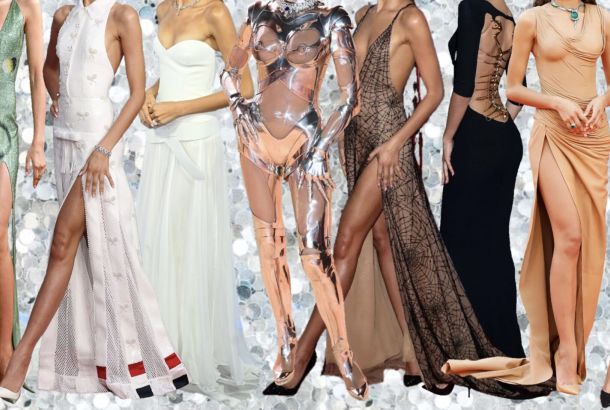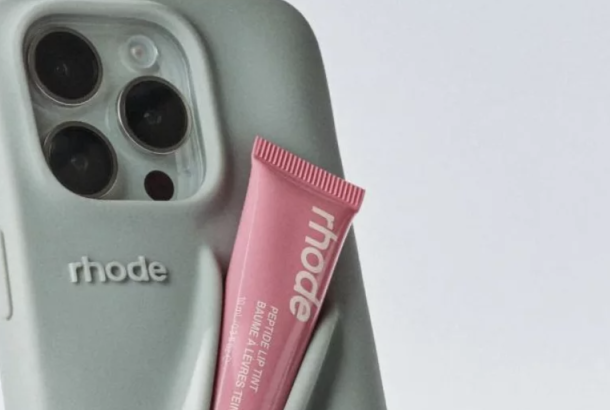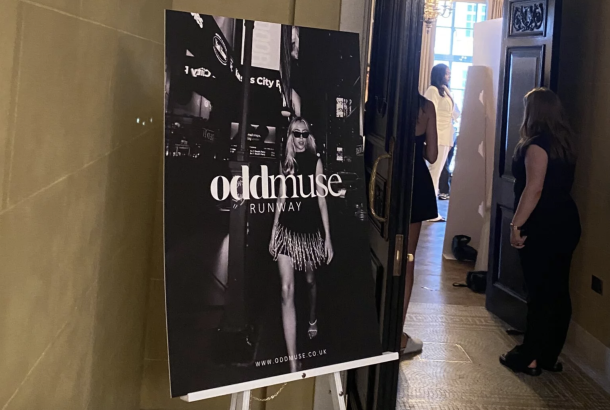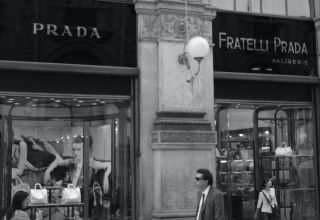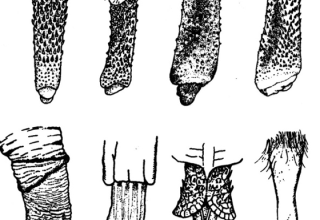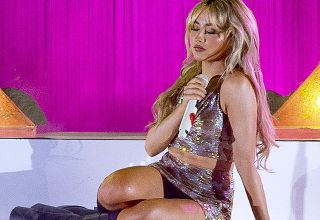Balletcore: Reclaiming femininity

‘Ballet core’ has emerged as a popular fashion trend over the past year with the ballet core hashtag having nearly 80 million views on TikTok. An aesthetic inspired by the performance costumes and rehearsal outfits worn by ballerinas, the trend emphasises hyper-femininity and elegance whilst also being comfortable. The clothes worn by those participating in ballet core include leotards, bodysuits, cardigans, tights, and ballet flats in colours such as pale pink, grey, black, and white.
Both Halpern’s Spring/Summer 2022 and Miu Miu’s Autumn/Winter 2022 collections included ballet shoes on the runway. However, ballet has influenced fashion designers for nearly a century. A pair of ballet shoes designed by Salvatore Capezio was featured on the cover of Vogue in 1949 for example. Furthermore, Coco Chanel’s tulle gowns took inspiration from the tulle-skirted costumes featured in the Cotillon Ballet in 1932.
The legacy of ballet continued into the 21st century in the high-fashion world, with designers such as Vivienne Westwood and Valentino, but had lost popularity in wider society by the 1970s. Many women rejected clothes that enforced femininity, instead choosing to wear free-flowing bell bottoms or tailoring with a masculine influence.
The recent revival of the ballet trend has taken inspiration from backstage ballerina outfits, as opposed to performance costumes. A notable collection is Erdem’s Autumn/Winter 2021 collection which was inspired by half-dressed dancers dashing around backstage. Their aesthetic emphasises comfort over performance, positing femininity as something wearable.
Today, women are embracing femininity on platforms such as TikTok. Balletcore is an extension of this. Ballet started to be associated with femininity in the mid-19th century due to the privatisation of ballet, sexual commodification of dancers, and increasingly male audiences. It started being seen as a serious art form in the 1920s and has remained popular to this day.
Critic Jennifer M. Miskec argues that ballet still promotes toxic ideals with it being the “perfect space for ideal femininity: thin bodies, frilly skirts, speechlessness”.
Indeed, ballet has traditionally excluded people of colour as well as those who do not have a very thin body type. Some people on social media have glorified the toxic environment of ballet by romanticising mental illness portrayed in films such as Black Swan. The negative aspects of ballet need to be criticised rather than glorified in order to make ballet core a safe and inclusive aesthetic.
Influencers such as Camri Hewie, Primluck and Moe Black are fabulous examples of women reclaiming the hyper-femininity associated with ballet in an empowering rather than oppressive way.
